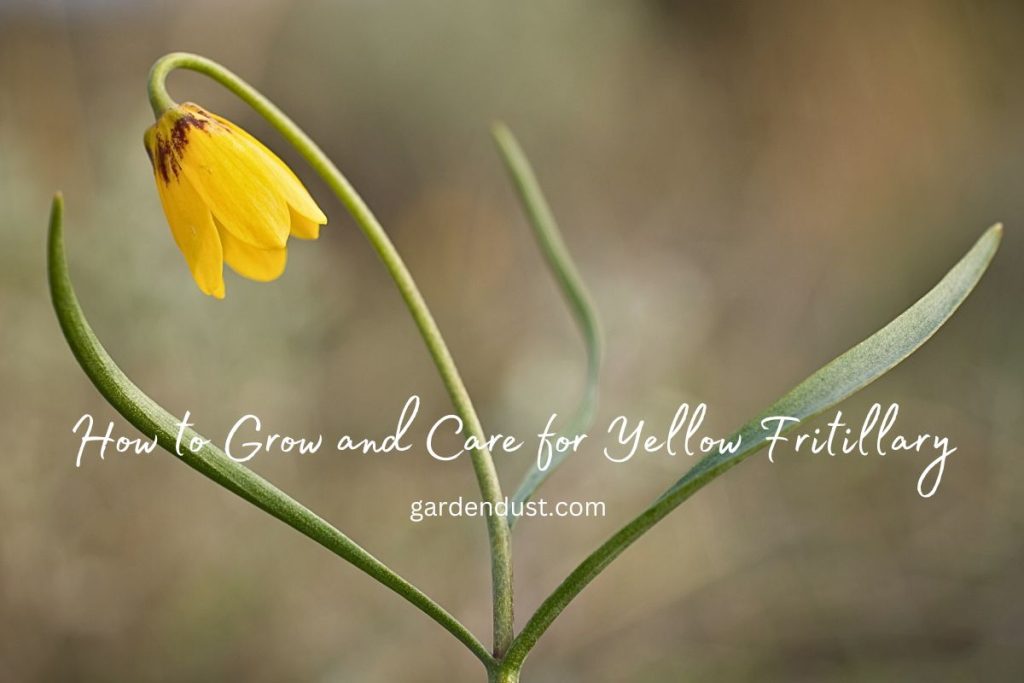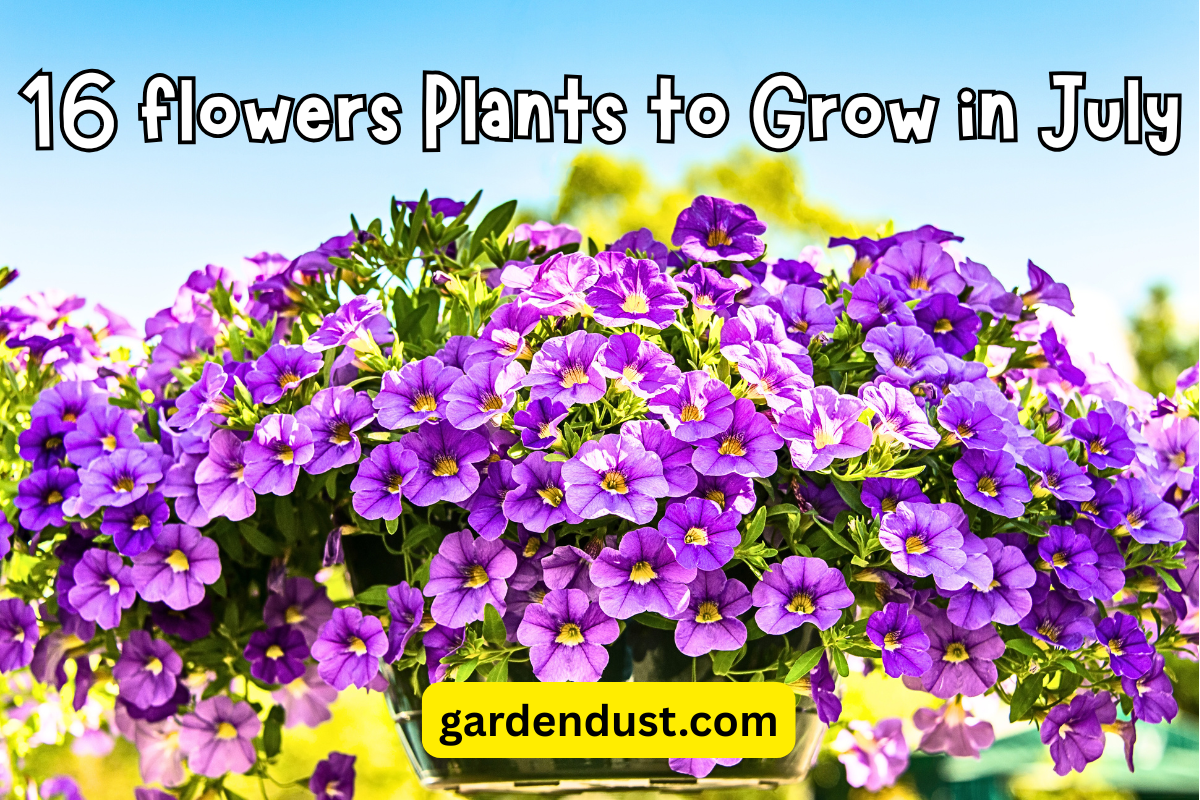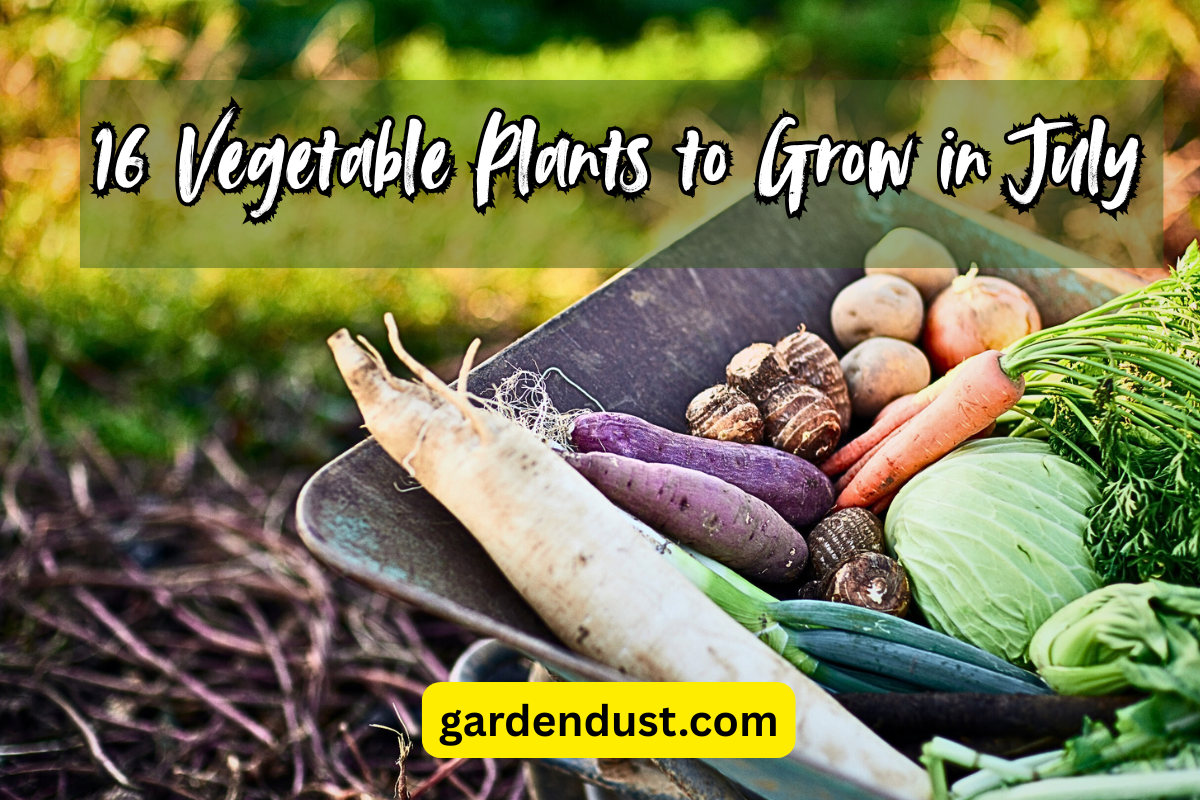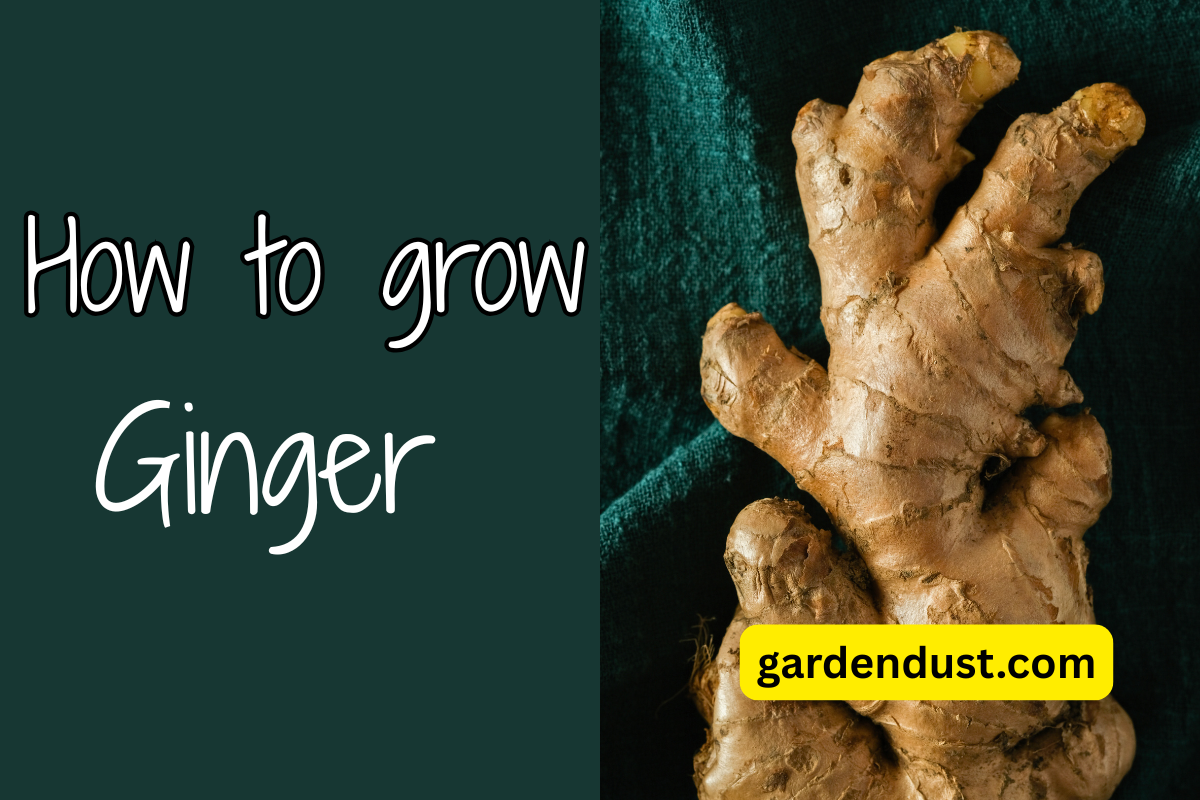The Yellow Fritillary, scientifically known as Fritillaria pudica, is a captivating perennial bulbous plant that belongs to the Liliaceae family. Native to North America, this charming species is commonly referred to as the Yellow Mission Bells due to its distinctive bell-shaped, nodding flowers. The plant’s unique appearance and vivid yellow blooms make it a sought-after addition to gardens and landscapes. In this guide, we will delve into the details of how to successfully grow and care for Yellow Fritillaries.
Physical Characteristics:
Foliage:
The Yellow Fritillary features basal lance-shaped leaves that emerge from the ground in a rosette formation. These leaves are typically green and can reach a length of 4 to 10 inches. The foliage is an attractive backdrop to the striking flowers that appear above it.
Flowers:
The most captivating feature of the Yellow Fritillary is its bell-shaped flowers. These flowers hang gracefully on slender stems and have a downward-facing orientation. The flowers have six distinct petal-like tepals that come together to form the bell shape. The color of the blooms is a vibrant and cheerful yellow, which contrasts beautifully against the green foliage. Each individual flower is around 1 to 1.5 inches long.
Bulbs:
Like other Fritillaria species, Yellow Fritillaries grow from bulbs. The bulbs are generally small and oval in shape, with a brown outer layer. These bulbs serve as storage organs for nutrients that fuel the plant’s growth and flowering.
Growth and Habitat:
Yellow Fritillaries are typically found growing in meadows, open woodlands, and grassy areas, often in regions with well-draining soils. They thrive in areas with dappled sunlight or filtered light, making them well-suited for woodland gardens and shaded borders. The plants tend to prefer cooler climates and can be found in parts of North America, including the western United States and Canada.
Blooming Season:
The Yellow Fritillary is known for its early spring blooms, which bring a burst of color to gardens that are just emerging from winter dormancy. Depending on the local climate, these plants can start flowering from late March to early May. The bell-shaped flowers dangle delicately from the stems, creating a charming and picturesque display.
Cultural Significance:
Beyond its aesthetic appeal, the Yellow Fritillary holds cultural and ecological significance. It is often admired for its delicate and unique flowers, which make it a favorite among garden enthusiasts who appreciate native and woodland plants. Additionally, like many Fritillaria species, Yellow Fritillaries are pollinator-friendly and attract bees and other beneficial insects.
Caring for Yellow Fritillaries:
To ensure the health and vibrancy of Yellow Fritillaries, it’s important to provide them with the right growing conditions:
Selecting the Right Location:
Choosing the ideal location is essential for the healthy growth of your Yellow Fritillaries. Here are some considerations:
- Sunlight: Plant your Fritillaries in an area that receives partial to full sunlight. They thrive in dappled sunlight or filtered light, making them suitable for woodland gardens or areas with scattered shade.
- Soil: Yellow Fritillaries prefer well-draining soil that is rich in organic matter. The soil should not become waterlogged, as this can lead to bulb rot.
Planting:
Planting Yellow Fritillaries is a straightforward process, and they can be planted either in the fall or spring.
- Bulb Depth: Plant the bulbs at a depth that is roughly three times the height of the bulb itself. This usually translates to around 4-6 inches deep.
- Spacing: Space the bulbs around 4-6 inches apart to allow for adequate air circulation and future growth.
Watering:
Proper watering is crucial during the establishment phase and throughout the growing season.
- Initial Watering: After planting, provide the bulbs with a thorough watering to settle the soil around them.
- Growing Season: Keep the soil consistently moist but not waterlogged during the growing season. Aim for around 1 inch of water per week, adjusting based on rainfall and temperature.
- Dormancy: As the foliage starts to die back, gradually reduce watering. During the dormant period, the bulbs prefer drier conditions
READ ALSO :-How To Grow And Care For Tansy Plant
Fertilizing:
Fertilize your Yellow Fritillaries to ensure they receive the nutrients they need for healthy growth and vibrant blooms.
- Timing: Apply a balanced, slow-release fertilizer in early spring when new growth emerges.
- Application: Follow the manufacturer’s instructions for the appropriate amount of fertilizer to apply. Gently work the fertilizer into the soil around the bulbs.
Pruning and Deadheading:
Pruning and deadheading are essential for the appearance and health of your Yellow Fritillaries.
- Deadheading: After the blooms have faded, remove the spent flowers to prevent seed production and encourage the plant’s energy to focus on bulb development.
- Pruning: Allow the foliage to die back naturally after flowering. Trimming the leaves prematurely can hinder bulb development.
- Overwintering: Provide insulation with a layer of mulch to protect bulbs from extreme cold temperatures.
Mulching:
- Mulching offers several benefits, including moisture retention, weed suppression, and temperature regulation.
- Mulch Type: Apply a layer of organic mulch, such as shredded bark or compost, around the Fritillary bulbs. This helps maintain soil moisture and prevents weed growth.
Pest and Disease Management:
While Yellow Fritillaries are relatively resistant to pests and diseases, it’s essential to keep an eye out for any potential issues.
- Pests: Monitor for pests like aphids or slugs. Use appropriate measures such as handpicking or introducing natural predators.
- Diseases: Ensure proper air circulation and avoid overwatering to prevent bulb rot or fungal diseases.
Overwintering:
Yellow Fritillaries require protection during the winter months, especially in colder climates.
- Mulching: Apply a thicker layer of mulch over the planted area in late fall. This helps insulate the bulbs from extreme cold temperatures.
Propagating Yellow Fritillary-
Propagating Yellow Fritillary (Fritillaria pudica) allows you to expand your garden with these captivating plants and share their beauty with others. While propagating Fritillaries can be a bit more challenging compared to some other plants, with proper care and attention, you can successfully grow new plants from existing ones. Here’s a step-by-step guide to propagating Yellow Fritillaries:
Propagation Methods:
There are two primary methods of propagating Yellow Fritillaries: division and seed propagation.
1. Division:
Division involves separating and replanting bulb offsets that form around the main bulb. This method is best done during the plant’s dormant period, typically in the fall.
Steps:
- Determine Timing: Wait until the plant’s foliage has died back completely, indicating that it has entered its dormant phase. This is usually in late summer or early fall.
- Carefully Lift Bulbs: Gently dig around the main bulb to expose the offsets (smaller bulbs) that have formed around it. Take care not to damage the offsets or the main bulb.
- Separate Offsets: Gently detach the offsets from the main bulb. Each offset should have its own set of roots and a portion of the basal plate (the bottom where the roots emerge).
- Replant: Plant the separated offsets in a well-prepared, well-draining soil in a new location. Plant them at the same depth they were originally growing.
- Watering: Water the newly planted offsets lightly to settle the soil around them.
- Care: Provide the same care as you would for mature Yellow Fritillaries. Over time, the offsets will grow into mature plants.
2. Seed Propagation:
Growing Yellow Fritillaries from seeds can be a longer and more intricate process, but it allows you to propagate a larger number of plants.
Steps:
- Seed Collection: Collect seeds from mature Yellow Fritillary plants after the flowers have bloomed and developed seed pods. Wait until the pods have dried and turned brown.
- Seed Preparation: Gently crush the dried seed pods to release the seeds. Collect the seeds and remove any debris.
- Seed Treatment: Some gardeners recommend cold stratification for Fritillary seeds. Place the seeds in a plastic bag with a moistened paper towel and refrigerate them for several weeks. This mimics the natural winter conditions they need to germinate.
- Sowing Seeds: Plant the stratified seeds in pots or trays filled with a well-draining potting mix. Plant the seeds at a shallow depth, barely covering them with soil.
- Provide Light and Moisture: Place the pots in a bright location with indirect sunlight. Keep the soil consistently moist, but not waterlogged.
- Germination: Fritillary seeds can take several weeks or even months to germinate. Be patient and maintain consistent care.
- Transplanting: Once the seedlings have grown large enough to handle, transplant them into individual pots or directly into the garden.
Tips:
- Propagating Yellow Fritillaries can take time and patience, so be prepared for some waiting.
- Division is generally a more reliable method, while seed propagation requires more attention and care.
- By following these steps, you can propagate Yellow Fritillaries and enjoy more of these charming plants in your garden or share them with fellow gardening enthusiasts. Whether you choose division or seed propagation, the rewards of seeing new Fritillary plants flourish will make the effort well worth it.
Growing and caring for Yellow Fritillaries can be a rewarding experience. With the right conditions and a little attention, you’ll be able to enjoy the graceful beauty of their yellow bell-shaped flowers each year. Whether in a garden bed, woodland area, or container, these charming bulbs can enhance the beauty of any outdoor space. Happy Gardening….







